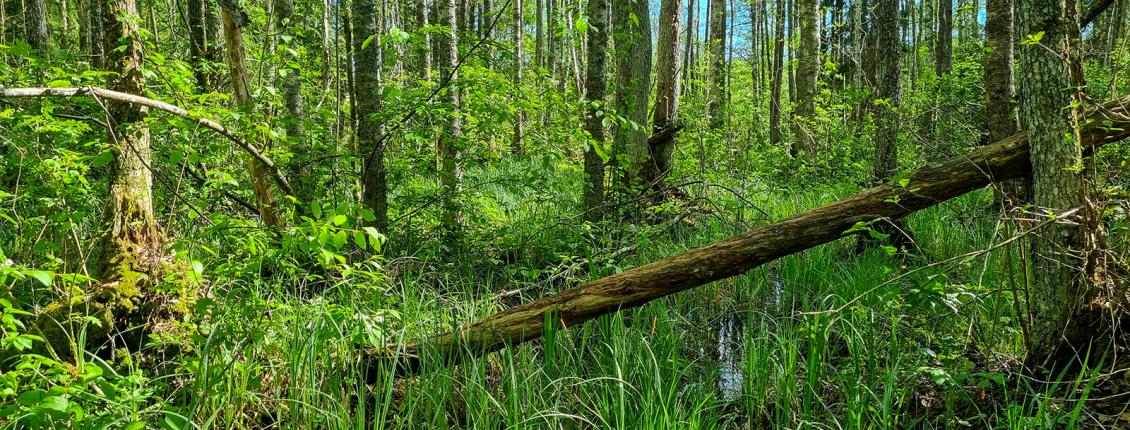May 28, 2024
Kaidi Tingas
An analysis completed at the University of Life Sciences allows for estimating the loss of income due to conservation restrictions in each protected forest compartment
A study commissioned by the Environmental Investment Centre and the Estonian Private Forest Union (Eesti Erametsaliit) working group on the revising of private forest measures, titled Natura 2000 metsaaladele seatud piirangute tõttu maaomanikul saamatajääva sissetuleku arvutamise metoodika (Methodology for calculating the loss of income for landowners due to restrictions on Natura 2000 forest areas), has been updated and it is therefore possible to outline how compensation rates for protected areas could be calculated more accurately in the future.
While initially the methodology was developed by making calculations only for some protected areas, then in order to analyse the possibility of revising the compensation measure in Estonia as a whole, we commissioned additional calculations for all protected private forests in Estonia by compartment. The annual loss of income due to nature conservation was calculated for each protected forest compartment, taking into account the forest type, timber stock and the precise conservation requirements.
Now that the University of Life Sciences has done further calculations, we can start to plan for private forest subsidies that take good account of the loss of income.
Based on the new methodology of the University of Life Sciences and the calculations made according to it, we can make the following conclusions:
- Taking into account the extent of the restrictions and the loss of income, the fair compensation rate in the special management zones (including forest habitats in the limited management zones and in limited-conservation areas) is on average €134/ha based on average timber prices and other input prices over the last five years, and €167/ha based on average prices over the last three years. Compensation rates varied considerably by forest compartment. This is influenced by how old and how productive the forest is, and what activities would be possible in the forest if it were not a protected area. Currently, €134/ha is paid to private forest owners in strictly protected areas. At 2023 prices, the average unit price would be €197/ha.
- In the restriction zones, the average rate of compensation, taking into account the current restrictions and the average prices over the last five years, was €30/ha. At 2023 prices, the average unit price would be €40/ha. Taking into account the planned changes to the Nature Conservation Act, which will prohibit clear-cutting in protected areas, the compensation would be €61 per hectare.
The Ministry of Climate will now assess how the new methodology can be used to establish fair compensation rates, keeping the red tape minimal.
Revision of the system of compensation for nature conservation restrictions initiated under the LIFE IP ForEst&FarmLand project is led by the project partners – the Environmental Investment Centre and the Estonian Private Forest Union.
A discussion on how best to implement the work will be held on 10 June at the Environmental Investment Centre with the representative of Ministry of Climate, the Environmental Board, the Private Forest Union, the Ministry of Regional Affairs and Agriculture and the Estonian Fund for Nature.
Author of the photo of Alam-Pedja: Anneli Palo
